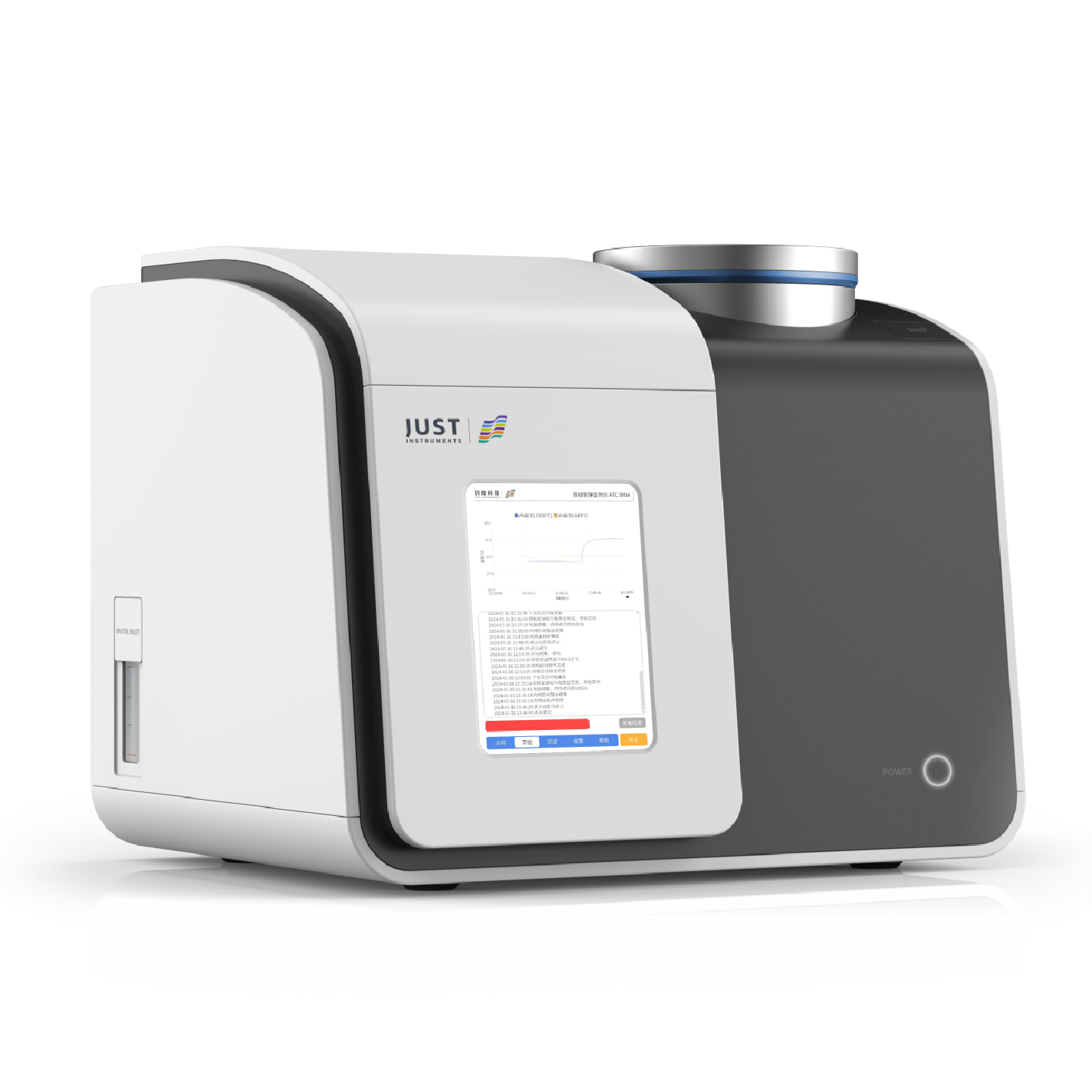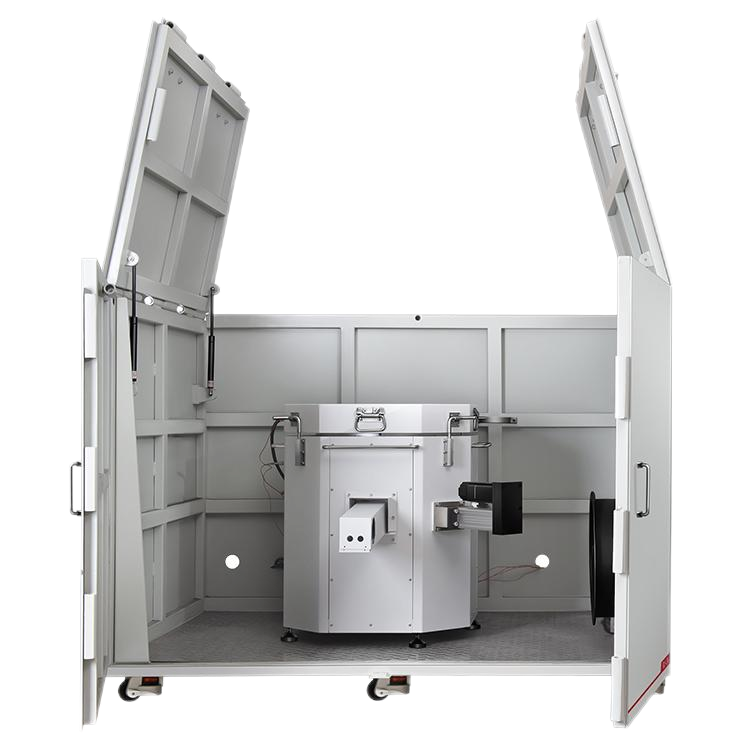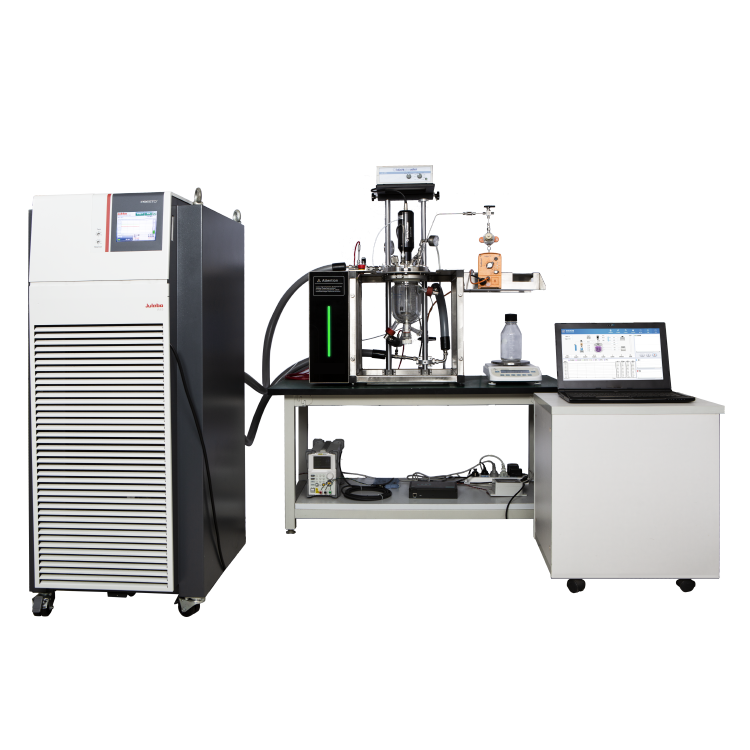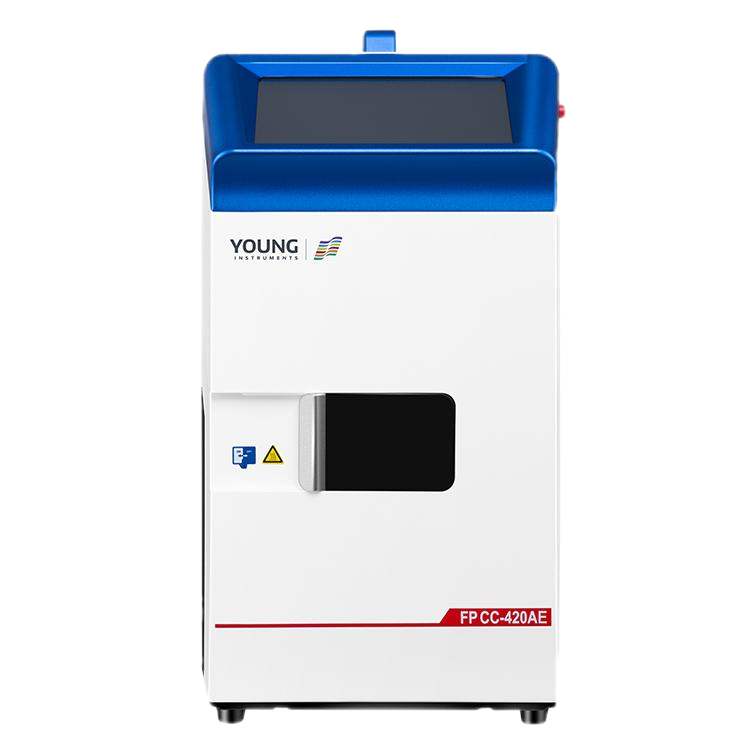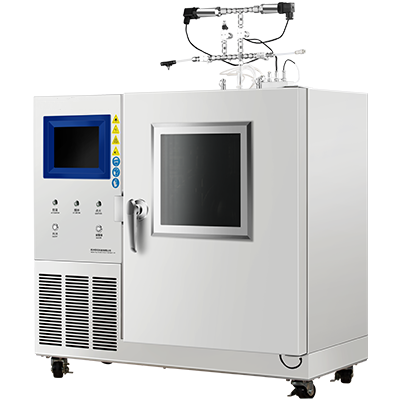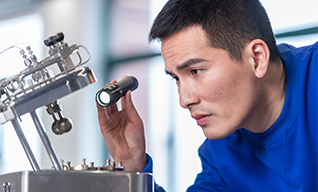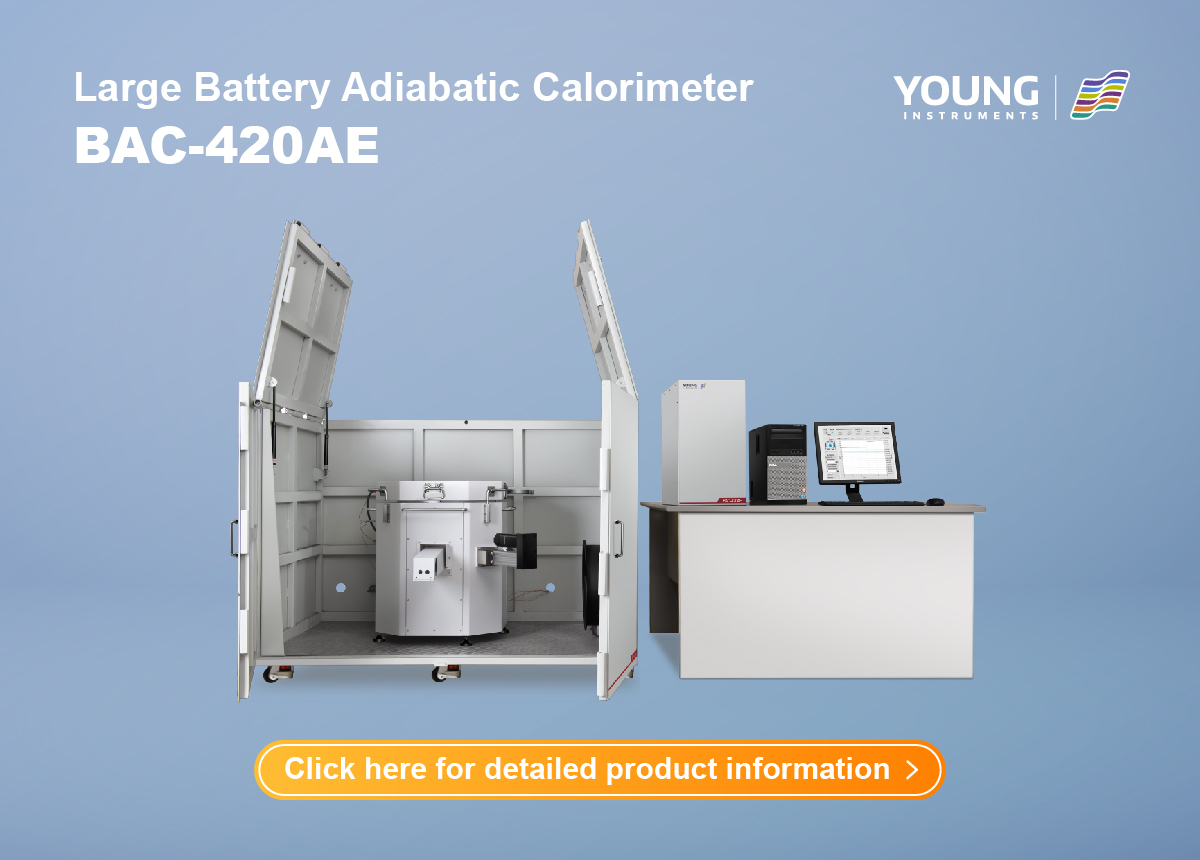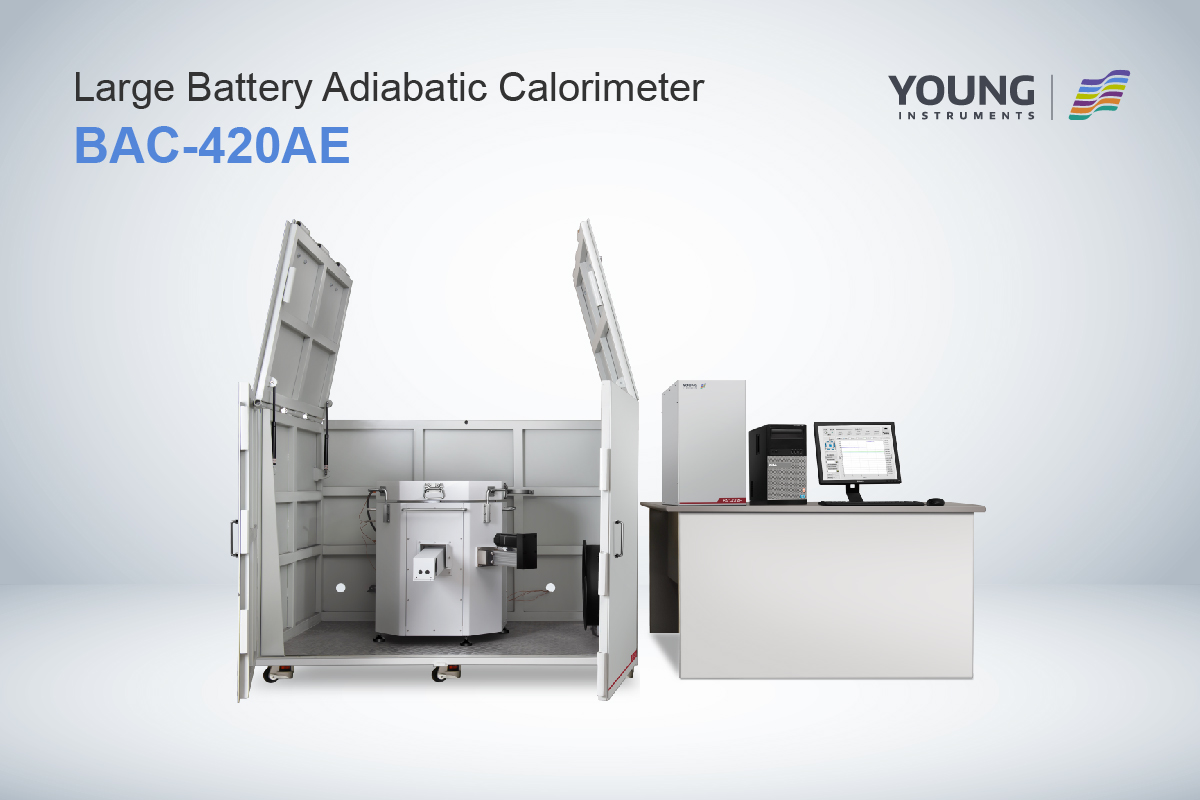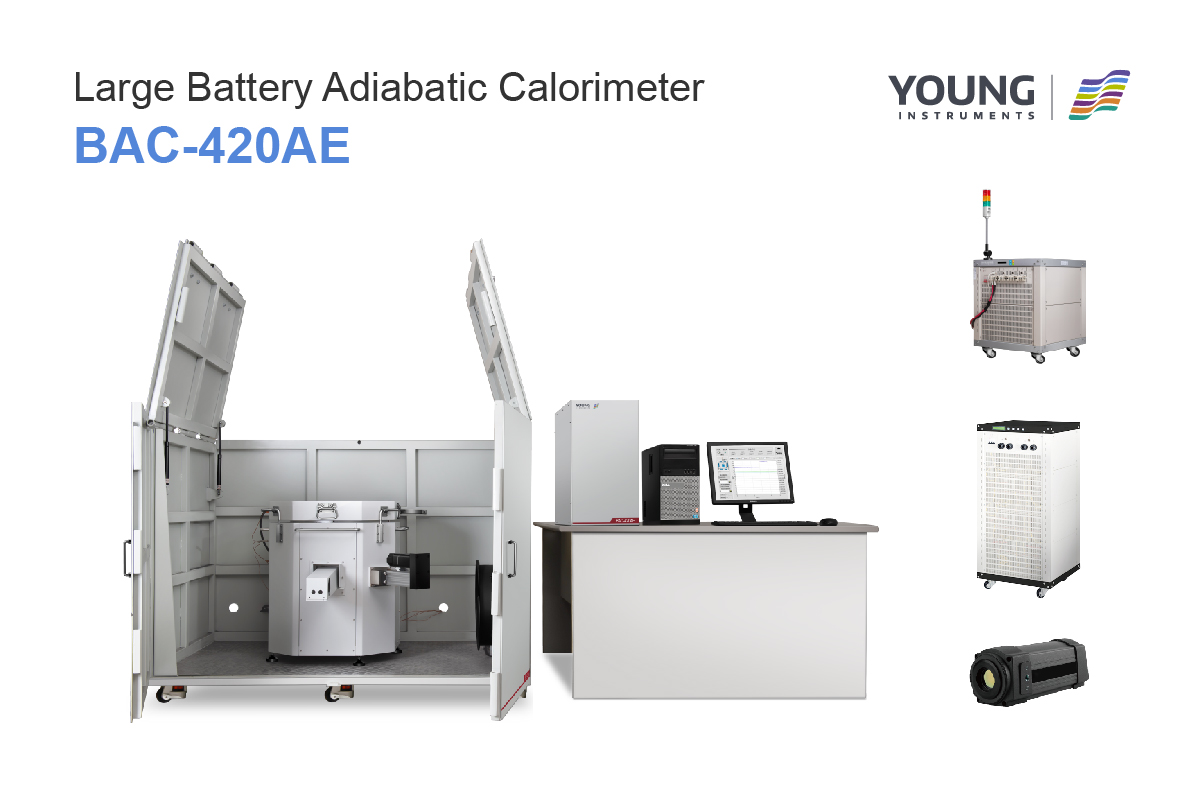Essential Role of Battery Cell Testing in Ensuring Safety and Performance
Battery cell testing stands as one of the most crucial processes in the development of lithium-ion batteries, which power everything from mobile phones to electric vehicles. But have you ever wondered what happens when a battery malfunctions? In the worst-case scenario, battery failure can lead to disastrous consequences, including fires, explosions, and environmental harm. This makes thermal safety testing not just important — but absolutely critical. One of the most thorough methods for evaluating a battery’s thermal behavior is the Adiabatic Calorimetry Test, a technique that simulates extreme conditions to assess how a battery reacts under stress.
Grasping the Adiabatic Calorimetry Battery Cell Testing Method
Among the various methods available for battery testing, Adiabatic Calorimetry stands out as a key technique for assessing thermal safety. This method replicates the heat reactions of a battery in an insulated, or “adiabatic”, environment to measure critical thermal parameters that help predict risks like thermal runaway and battery combustion. By testing a battery under such extreme conditions, manufacturers can gain valuable insights into how the battery behaves, the energy it releases, and potential failure points in the design.
The Functionality of the BAC-420AE Adiabatic Calorimeter
The BAC-420AE, designed and manufactured by Hangzhou Zeal Instruments Science & Technology Co., Ltd., is an advanced calorimeter designed to test batteries under controlled, adiabatic conditions. This high-precision device creates a near-adiabatic environment by regulating the temperature of the sample, minimizing heat exchange with the surrounding environment. In this setup, any change in temperature is entirely due to the thermal reactions occurring within the sample itself. This isolation from external influences is crucial for accurately measuring the heat produced during battery reactions, which is essential for evaluating the thermal safety of the battery.
Specifications
The BAC-420AE Adiabatic Calorimeter boasts advanced features tailored for precise testing:
- Adiabatic Furnace Dimensions: Diameter 420mm, Depth 520mm
- Self-Exothermic Detection Sensitivity: 0.02℃/min to 0.05℃/min
- Temperature Difference (Furnace vs. Sample at Constant Temperature): ≤0.5℃
- Temperature Control Range: Room Temperature (RT) to 300℃
- Temperature Tracking Rate: Adjustable from 0.02℃/min to 13℃/min
- Sealed Canister Pressure Range: 0 to 2MPa
- Maximum Needle Travel: Configurable through software
- Charge and Discharge Column Overcurrent Capability: -500A to 500A
By leveraging these precise capabilities, the BAC-420AE facilitates comprehensive thermal analysis, empowering manufacturers to identify critical safety thresholds and optimize battery designs effectively.
Key Testing Parameters: Analyzing Heat Behavior in Detail
Several important parameters are measured during the Adiabatic Calorimetry Test to predict how a battery might behave under real-world stress and identify potential hazards early in the development process.
Temperature Rise Assessment in Extreme Conditions
Understanding how a battery responds to temperature increases — especially under uncontrolled conditions — is critical to thermal safety. The BAC-420AE excels at measuring temperature rise in a precise manner under adiabatic conditions.
Thermal Response Under Isolated Conditions
During temperature rise evaluation, the battery is placed in a completely isolated environment where no heat can escape. Under these conditions, the heat generated by the battery’s internal reactions can only be absorbed by the battery itself. The BAC-420AE tracks these temperature changes with high accuracy, enabling engineers to understand how the battery reacts to heat over time and to determine the critical temperature thresholds at which dangerous events like fires or explosions might occur.
Heat Capacity Measurement
One of the most fundamental parameters measured is the heat capacity (or specific heat) of the battery. This test is vital because it determines how the battery’s temperature changes in response to internal heat generation. Heat capacity varies with temperature, so accurate measurement is crucial for obtaining reliable results. This data forms the foundation for calculating the heat produced during other tests, including decomposition reactions and lifecycle simulations. With an accurate baseline of heat capacity, manufacturers can make more precise calculations in thermal safety assessments and lifecycle evaluations.
Simulating Thermal Runaway
Thermal runaway is one of the most dangerous phenomena that can occur in lithium-ion batteries. It happens when an internal short circuit, overcharge, or other factors cause the battery’s temperature to rise uncontrollably. The Adiabatic Calorimetry Test helps simulate such extreme conditions by isolating the battery in an insulated environment and observing its heat response to stressors like overcharging or short circuits. By performing this test, researchers can pinpoint the temperature at which a battery might fail thermally and whether such failure can be prevented through design improvements.
Heat Generation During Charge and Discharge Cycles
An essential part of evaluating thermal safety is understanding how much heat a battery generates during its normal charging and discharging cycles.The heat produced by a battery during charging and discharging can significantly impact its performance and safety. The BAC-420AE calorimeter measures heat generation throughout the entire charge-discharge cycle, offering precise measurements of thermal power. These results help identify whether a battery might be at risk of overheating during typical use and provide guidance on how to mitigate that risk.
Key Thermal Parameters for Safety Design
By capturing these thermal responses, the test provides critical insights into the battery’s behavior under extreme conditions. This data is invaluable for manufacturers designing batteries that are not only more efficient but also safer. It helps identify key temperature thresholds that could lead to catastrophic failures, allowing manufacturers to improve safety mechanisms such as thermal management systems and protective circuits.
The Testing Process: A Step-by-Step Guide
The Adiabatic Calorimetry Test follows a strict protocol to ensure the data collected is reliable and precise. Typically, the process involves three key phases: heating, waiting, and searching.
The Heating Phase
In the initial heating phase, the sample battery is gradually heated from a predetermined starting temperature. The temperature is raised incrementally, following a controlled rate. This approach stimulates the battery’s internal reactions without triggering an immediate thermal runaway, allowing the battery’s behavior to be measured over time rather than in a sudden, uncontrolled burst.
The Waiting Phase
Once the temperature reaches a new set point, the system enters a waiting phase. During this time, the battery, its container, and the entire calorimeter chamber reach thermal equilibrium. This step is critical to eliminate any external interference that might skew the results in the following phase, when the system begins monitoring for signs of exothermic reactions, such as a rapid temperature increase.
The Searching Phase
The searching phase begins once the system has detected a significant increase in temperature — usually exceeding a predefined rate. At this point, the system recognizes that an exothermic event or self-heating reaction has occurred. The system then switches to adiabatic mode, further isolating the battery from external influences and closely tracking the heat released in real-time.
Ensuring Battery Safety Through Rigorous Testing
Battery cell testing, especially when performed using advanced tools like the BAC-420AE Adiabatic Calorimeter, plays a pivotal role in ensuring that lithium-ion batteries meet the highest safety standards. By thoroughly assessing heat generation, thermal responses, and the potential for thermal runaway, manufacturers can design batteries that are not only more efficient but also safer, even under extreme conditions. As the demand for more powerful and longer-lasting batteries increases, the need for comprehensive testing becomes even more crucial. The results of such tests offer invaluable insights that guide both product design and regulatory standards, helping ensure that consumers can rely on safe, high-performance batteries in their devices, cars, and other technologies.
Hangzhou Zeal Instruments Science & Technology Co., Ltd. leads the way in this field, providing cutting-edge testing equipment and expert services to ensure that the batteries of the future are not only powerful but also safe. Thanks to advancements like adiabatic calorimetry, battery safety is no longer left to chance — it is scientifically validated and rigorously ensured.







